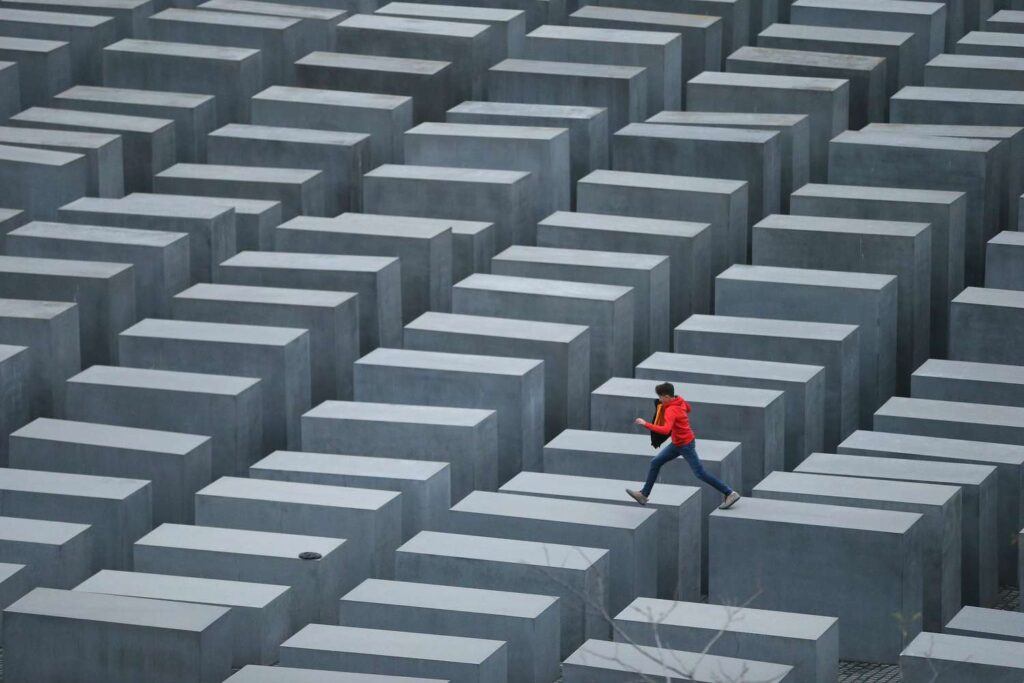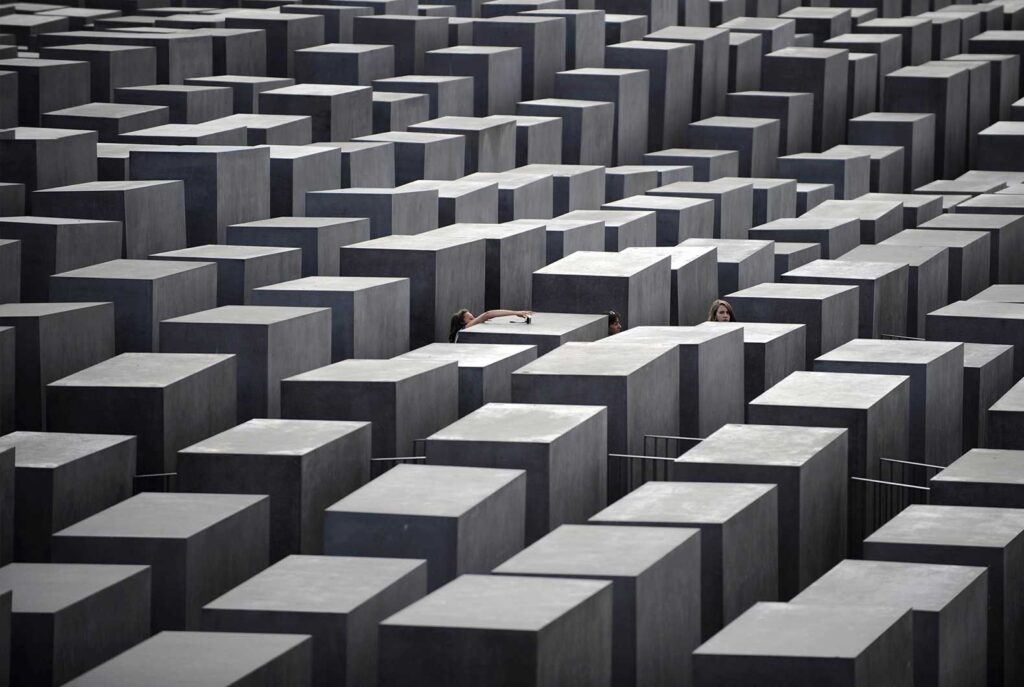
A unique memorial in Berlin is paying tribute to the millions of Jewish people who lost their lives during the Holocaust. Peter Eisenman and Buro Happold designed the eccentric memorial. Memorial to the Murdered Jews of Europe, also known as Berlin’s Holocaust Memorial, stands as a solemn reminder of one of history’s darkest chapters.
The Memorial to the Murdered Jews of Europe, also known as Berlin’s Holocaust Memorial, is a powerful and moving memorial in Berlin, Germany. Architect Peter Eisenman designed it to consist of a 19,000-square-meter site covered with 2,711 concrete slabs, or “stelae,” arranged in a grid pattern on a sloping field.
It stands as a symbol of the six million European Jews who perished under Adolf Hitler and the Nazis during World War II. These stark structures vary in height and create an atmosphere of reflection and contemplation. Beneath the memorial lies a “Place of Information,” housing the names of approximately 3 million Jewish Holocaust victims.

Significance
After much debate, the German parliament decided in 1999 to establish this central memorial site. In 2003, construction of the memorial got underway and finished in 2004. The official inauguration followed in 2005, marking six decades since the end of World War II in Europe. The memorial’s location is also significant. It stands on Cora-Berliner Straße, close to the Brandenburg Gate, a landmark that once symbolized a divided Berlin. The site itself was formerly part of the “death strip” that separated East and West Berlin during the Cold War.
The memorial’s design was not without controversy, with debates spanning back to the late 1980s over its necessity and form. Architect Peter Eisenman’s design won a competition with much debate, but it was changed to address practical concerns. Originally, the design called for nearly 4,000 slabs, but this was later reduced to 2,711 after recalculations.
Supplementing the memorial is an underground information center, providing historical context and personal stories of the Holocaust victims. Themed rooms offer insights into the lives of individuals through photographs, diaries, and historical documents, ensuring that the victims are not forgotten.

While the memorial is open day and night, visitors should plan their visit accordingly, as the last entrance is 45 minutes before closing. It’s important to note that the memorial is not suitable for children under 14.
Getting There
Visitors can easily access the memorial by S-Bahn train, Underground, or Bus, ensuring that anyone who wishes to pay their respects can do so with ease.
The Holocaust Memorial in Berlin stands as a solemn reminder of the past. It also urges us to never forget the atrocities committed and to strive for a better future.


[…] Also See: Berlin’s Holocaust Memorial: A Landscape of Remembrance […]